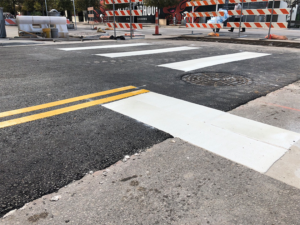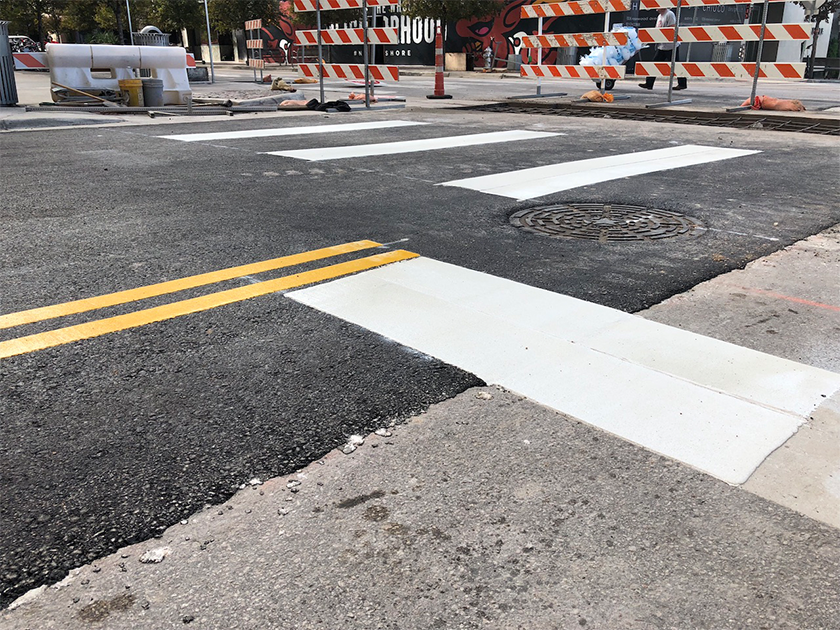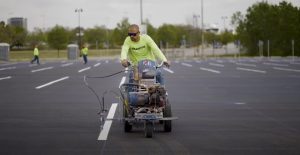 It might surprise you to learn that the first road markings in America did not appear until the 1910s. At the time, paint was about the only material available for marking pavements. Throughout the 20th century, chemists developed new paints for marking roads and striping parking lots, and each generation of paints improved on its predecessors. However, as technology advanced, thermoplastics became widespread use, and it was only a matter of time before they were adapted for parking lot striping and pavement markings.
It might surprise you to learn that the first road markings in America did not appear until the 1910s. At the time, paint was about the only material available for marking pavements. Throughout the 20th century, chemists developed new paints for marking roads and striping parking lots, and each generation of paints improved on its predecessors. However, as technology advanced, thermoplastics became widespread use, and it was only a matter of time before they were adapted for parking lot striping and pavement markings.
Thermoplastic Pavement Marking – An Innovative Alternative to Paint Striping
What Is Thermoplastic Striping and Marking?
A thermoplastic is a polymer that becomes liquid when subjected to heat, then solidifies when it cools. Thermoplastics have many applications in various industries, including the production of machine parts and medical equipment. For thermoplastic pavement striping and marking, hot melt marking paint is the product used.
What Thermoplastic Markings Are Available?
Virtually every type of pavement marking can be applied by experienced asphalt maintenance contractors who possess the proper equipment and training to work with thermoplastics. Thermoplastic can be used for lot striping to define parking stalls, to identify accessible parking spaces, or apply traffic arrows. There are templates available for identifying no-parking zones, fire lanes, emergency vehicle lanes, school zones, and taxi lanes. There are thermoplastic divider lines on many highways, and interstate emblems are becoming increasingly commonplace.
Are Thermoplastic Pavement Markings Safer Than Painted Markings?
Thermoplastics are indeed safer than painted markings. Thermoplastic markings offer better skid resistance, especially on wet pavements. They have superior visibility under both daytime and nighttime conditions; reflective glass beads are incorporated throughout the material. Thermoplastic markings also pose no danger to the environment.
What Are the Other Advantages of Thermoplastic Pavement Markings?
Thermoplastic markings will last up to six times as long as pavement paint. Asphalt paving contractors can apply thermoplastic markings even when temperatures are too cool to apply painted markings. Because thermoplastics cool quickly, lane closures and traffic disruptions are minimized. Thermoplastic markings are impervious to damage from oil, impacts, water, and harsh sunlight. They will not chip or crack, and they are highly resistant to abrasion.
Can All Asphalt Maintenance Contractors Install Thermoplastic Markings?
No, not every contractor can handle thermoplastics well enough to ensure successful results. When installing thermoplastic markings, you want to make sure that the contractor you hire has the proper training to handle the task. He will also need some special equipment. When interviewing contractors, ask for references specifically involving their thermoplastic installations, and try to drive by at least one of these sites to view the results for yourself.
At Alpha Paving, we have extensive experience in applying thermoplastic markings, and we have the high-quality equipment needed to do the job exceptionally well. Our other services include road construction, asphalt resurfacing and paving, concrete installation, asphalt sealcoating, parking lot maintenance, asphalt milling, concrete repairs, street maintenance, and asphalt repair. Our clients are located throughout Central Texas and include shopping malls, counties and municipalities, restaurants, health care facilities, churches, schools, airports, property management firms, apartment complexes, hotels, subdivisions, industrial facilities, homeowner associations, and office parks. We are known for delivering exceptional work at affordable prices. You can contact us for a free quote by filling out the online form or calling 512-677-9001.







